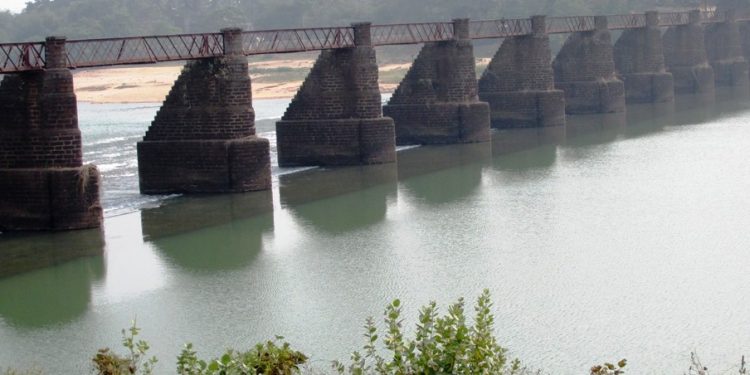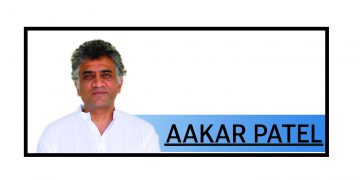Jajpur: The Chhinda Kharasrota nullah originating from Kharasrota river is all set to get a new lease of life, sources said Tuesday. The matter came to the fore after the state Water Resources department launched efforts for revival of the water-body which has completely dried up after construction of a 12.5km-long embankment over it at Sribantapur in 1992-93. The department is trying to make the water body perennial all round the year.
Under secretary Bhagirathi Padhi of Water Resources department has directed the chief engineer to examine the proposal and take necessary steps in this regard. This has spread happiness among the locals as they feel that their long-standing demands will be fulfilled soon and their water woes will be solved.
People while welcoming the move have also demanded construction of a sluice gate in the river which will help over 30,000 people in meeting their water needs for their farmlands. The sluice gate will help in controlled release of water and prevent waterlogging on the farmlands. People alleged that lack of any sluice gate for over 16km area to the north on the upstream of the river has led to waterlogging over hundreds of acres of farmlands in the past.
Development and Relief Commissioner Pradip Jena has been informed about the problem by Korei MLA and locals. They also apprised him about the present condition of Kharasrota river and demanded a solution to the problems. The commissioner has assured them that the matter will be looked into. The Kharasrota originates from the Brahmani river near Marthapur in Jajpur district. Kharasrota is known as the district’s lifeline due to increasing dependency of people on the river for agriculture, drinking water, fishing and other needs. The Kharasrota river earlier was responsible for devastating floods, but the situation was brought under control with the construction of Rengali project in 1974. The Kharasrota flows through Rasulpur, Korei, Jajpur, Bari, Dasarathpur and Binajharpur blocks of the district and enters Kendrapara district and then flows into the Bay of Bengal.
People have been demanding that the river be made perennial, so that water is available all round the year. Recently, environmentalist Gopinath Pati and villagers had urged the chief secretary to revive the river. The Chhinda Kharasrota waterbody has dried up after closure of its mouth.
Moreover, the waterbody has been badly affected due to rampant sand mining and mindless cutting of trees on the riverbank. Sand mining is polluting the water-body due to creation of small artificial lakes on the riverbed that have become safe breeding haven for mosquitoes and other insects. With no options available, the riparian villagers are consuming this water and are falling sick. The disposal of various wastes is also polluting the water body.






































